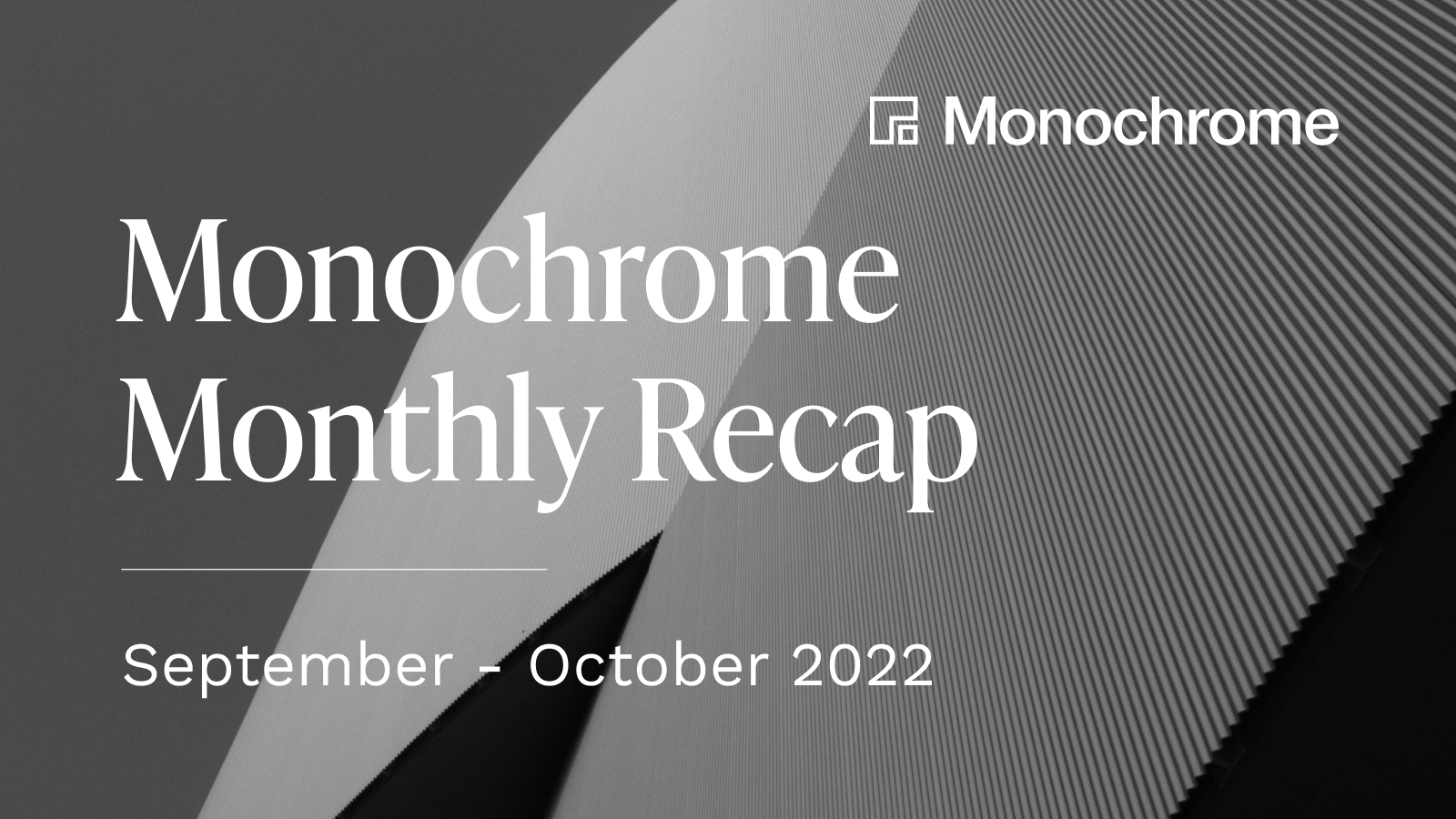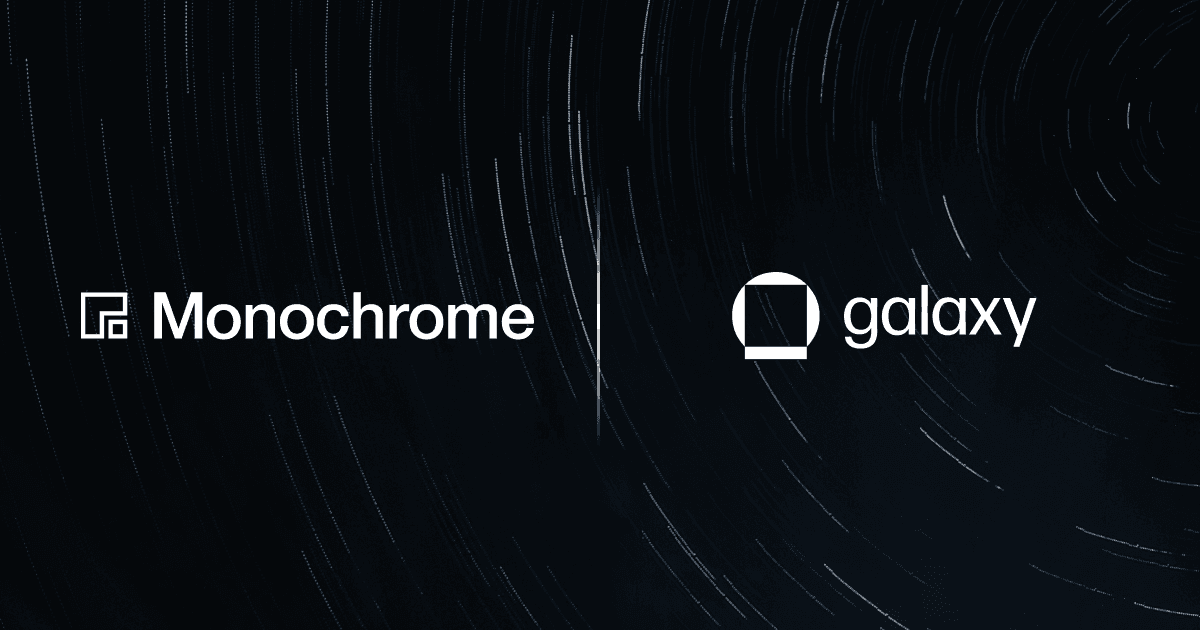Share

AUSTRALIAN REGULATORY UPDATE: Reserve Bank of Australia Publishes White Paper on Central Bank Digital Currency (CBDC)
On 26 September, the Reserve Bank of Australia (RBA) released a white paper in collaboration with the Digital Finance Cooperative Research Centre (DFCRC) titled “Australian CBDC Pilot for Digital Finance Innovation”. The purpose of the white paper was to explore use cases for a digital version of the Australian dollar, as well as detail the main objectives of the initiative and explain the potential design of a CBDC The white paper is a part of a larger project between the two aforementioned parties that is due to be completed by mid-2023 which aims to allow financial authorities to better understand technological, legal and regulatory aspects associated with the issuance of a CBDC.
Within the white paper, various details regarding the pilot digital currency, which was named eAUD, were revealed. The eAUD token will be denominated in Australian dollars, and have a maximum token issuance to be determined by the RBA. In terms of the pilot project, only Australian residents and entities registered in the country will be eligible to hold eAUD. Importantly, the eAUD platform will be installed on a private, permissioned version of Ethereum. As such, its ledger will be centralised, with the RBA being the sole entity at the helm. CBDC use cases will be tested by industry participants, which would have to design and operate their own technology platforms to implement the approved use cases. Following the conclusion of the project, the RBA and DFCRC will publish a report on the findings.
This is an extremely important development within the Australian regulatory landscape since it marks a change in stance on CBDCs by the RBA, and by extension, Australia. In 2020, the RBA found there was no compelling case for issuing a retail CBDC in Australia. However, following ‘Project Atom’, which the RBA participated in alongside Commonwealth Bank and the National Australia Bank in 2020 and 2021, the potential benefits of a wholesale CBDC were demonstrated.
This situation should be closely monitored over the next few months since the success of the project could have a monumental impact on the way regular Australians view money in the near future.
SEC Claims All of Ethereum Falls Under US Jurisdiction
On 19 September, the United States Securities and Exchange Commission (SEC) claimed that all Ethereum transactions take place in the United States on the basis that Ethereum nodes are “clustered more densely” in the U.S. than in any other country. This claim was contained within a lawsuit made against crypto researcher and YouTuber Ian Balina where it was alleged that he conducted an unregistered offering of Sparkster (SPRK) tokens in 2018.
The comment appears in the 69th paragraph of the 23-page filing against Balina. As such, it does not appear that the SEC desired for this comment to be divisive, however it demonstrates how keen the SEC is to build its jurisdiction over the Ethereum blockchain, and by reference, cryptocurrency markets. Currently, the US holds the greatest proportion of Ethereum nodes in the world, with 42.56% of the world’s 7807 Ethereum nodes currently situated in the US.
However, there is a strong sentiment that the SEC’s comments will not have any impact on future cases. Aaron Lane, an Australian lawyer and senior research fellow at the RMIT Blockchain Innovation Hub, said that the distribution of Ethereum nodes is irrelevant to the original case made against Balina. With regards to the potential precedent the SEC’s comments could have on the future of Ethereum jurisdiction, Lane had the following to say:
“The defense may concede jurisdiction here, and if they do, it won’t be an issue, and if it’s not a contested issue then the court won’t say anything about it. Any concern about legal precedent at this stage is premature.”
The shift to proof of stake may have presented a unique regulatory challenge for Ethereum. The way Ethereum is treated in the eyes of the SEC should be closely monitored over the coming months, as Australian policy makers have tended to use US law as a guide.
LENDING PLATFORM POTENTIALLY INSOLVENT: 8 US States File Cease-and-Desist Orders Against Nexo
On 26 September, it was announced that several US states, including California, Vermont, Oklahoma, South Carolina, Kentucky and Maryland, had filed emergency cease and desist orders against Nexo, a crypto lending platform. The cease and desist orders were made following allegations that Nexo offered unregistered financial securities, and did not disclose important information about the products to potential investors, especially pertaining to the actual level of risk associated with the products. To add insult to injury, state regulators claimed that the only asset standing between Nexo and insolvency was their governance token, $NEXO.
Nexo, founded in Bulgaria, has made statements claiming that it may buy the remnants of Celsius to restore liquidity for investors.
Before filing for bankruptcy, Celsius held over 90% of the total $CEL tokens in circulation. Thus, $CEL became very illiquid and volatile, and ended up being used to patch up Celsius’ troubled balance sheet. However, Nexo may be in an even worse situation, according to Mike Burgersburg, an independent market analyst and author of the Dirty Bubble Media Substack, who stated that:
“NEXO token is even more illiquid than the bankrupt Celsius Network’s CEL token.”
He also noted that the token’s average daily trading volume comes to less than 1% of its market capitalisation, indicating how little the token is used in daily trading.
This is a catastrophic scenario for Nexo, since Nexo would likely be unable to monetise a significant portion of their tokens. Given this, the value of $NEXO tokens on Nexo’s balance sheet may be closer to $0.
The content, presentations and discussion topics covered in this material are intended for licensed financial advisers and institutional clients only and are not intended for use by retail clients. No representation, warranty or undertaking is given or made in relation to the accuracy or completeness of the information presented. Except for any liability which cannot be excluded, Monochrome, its directors, officers, employees and agents disclaim all liability for any error or inaccuracy in this material or any loss or damage suffered by any person as a consequence of relying upon it. Monochrome advises that the views expressed in this material are not necessarily those of Monochrome or of any organisation Monochrome is associated with. Monochrome does not purport to provide legal or other expert advice in this material and if any such advice is required, you should obtain the services of a suitably qualified professional.
Monochrome Asset Management
Related Articles

Monochrome Partners with Galaxy Digital for Total Bitcoin Wealth Management
Monochrome Capital, a related entity of the investment manager of the Monochrome Bitcoin ETF (IBTC), today announced a strategic partnership with Galaxy Digital to deliver comprehensive Bitcoin wealth management solutions for institutional clients.

IBTC Integrated into Bitcoin-Backed Mortgages for Qualifying High-Net-Worth Investors
The Monochrome Bitcoin ETF (IBTC) has been incorporated into a Top 4 Australian bank’s residential mortgage lending framework. IBTC is now recognised alongside traditional assets such as unencumbered property and income streams when assessing high-net-worth (HNW) investors for home loans. This development connects regulated Bitcoin ETFs with private banking services, enabling Bitcoin holders to access property financing without liquidating their exposure.